Optimal Timing for Water Treatments
Water treatments are essential for maintaining water quality and ensuring safety across various applications. Proper timing of treatments can maximize effectiveness, reduce costs, and extend the lifespan of water systems. Understanding seasonal and usage patterns helps determine the best periods for implementing water treatment protocols.
Spring and fall are often ideal times for water treatments due to temperature fluctuations and system usage changes. These periods allow for effective treatment before peak usage seasons.
Regularly scheduled treatments, typically every 3 to 6 months, help prevent buildup of contaminants and biological growth.
Prior to starting new water systems or after long periods of inactivity, treatments ensure system cleanliness and water quality.
Temperature, rainfall, and water source conditions influence the timing of treatments to optimize results.
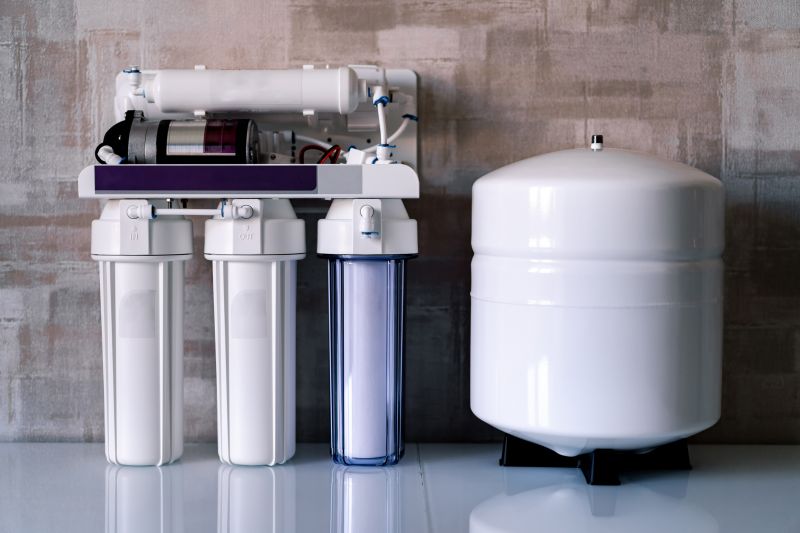
Various systems are used to treat water, including filtration, disinfection, and chemical dosing.

Chemicals like chlorine and pH adjusters are applied at specific times for optimal water quality.
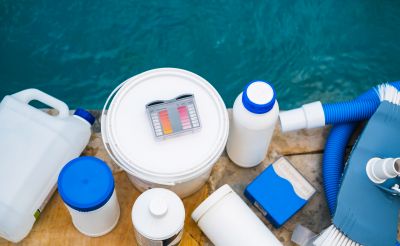
Regular testing helps determine the right timing and dosage for treatments.
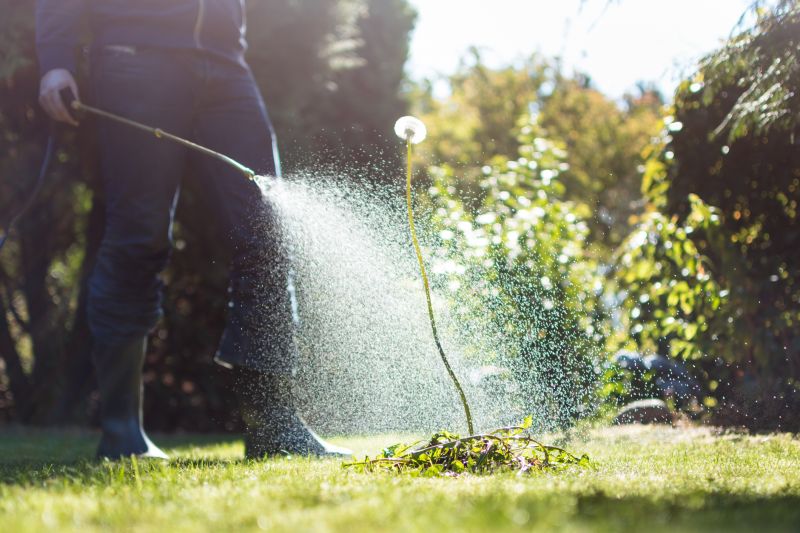
Treatments prevent algae and bacteria buildup, especially during warmer months.

Filtration is most effective when performed before peak usage periods.

Disinfection is typically scheduled after system maintenance or seasonal changes.
| Timing Factor | Recommended Treatment Period |
|---|---|
| Seasonal Changes | Spring and fall |
| System Inactivity | Before restarting after long shutdowns |
| High Usage Periods | Monthly or quarterly |
| Water Source Conditions | After heavy rainfall or source contamination |
| System Maintenance | Immediately after repairs or upgrades |
| Biological Growth Risk | Spring and summer |
| Chemical Balance Adjustment | As needed based on testing |
| Water Quality Testing | Every 3 to 6 months |
Water treatments are crucial for ensuring water quality and safety. Proper timing aligns with environmental conditions, usage patterns, and system maintenance schedules. Regular testing and monitoring help determine the most effective treatment periods, reducing the risk of contamination and system failure.
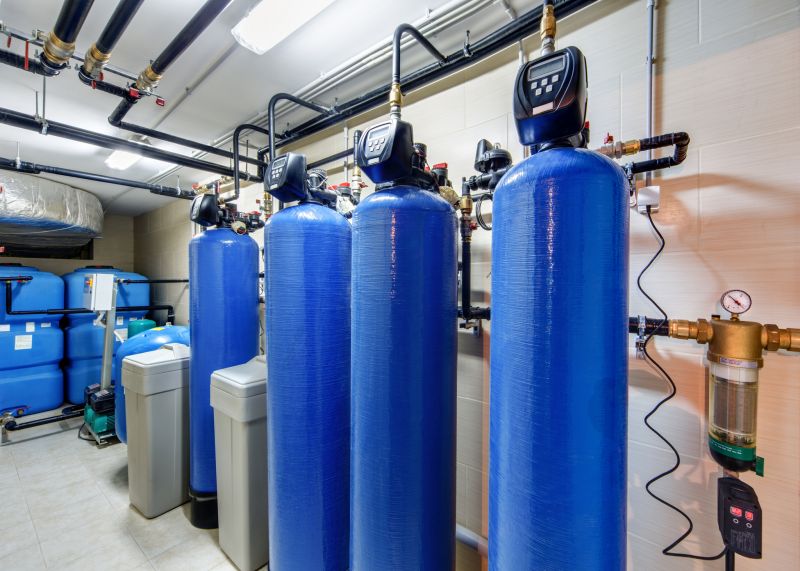
Facilities designed for large-scale water treatment operations.

Devices used to add treatment chemicals precisely when needed.
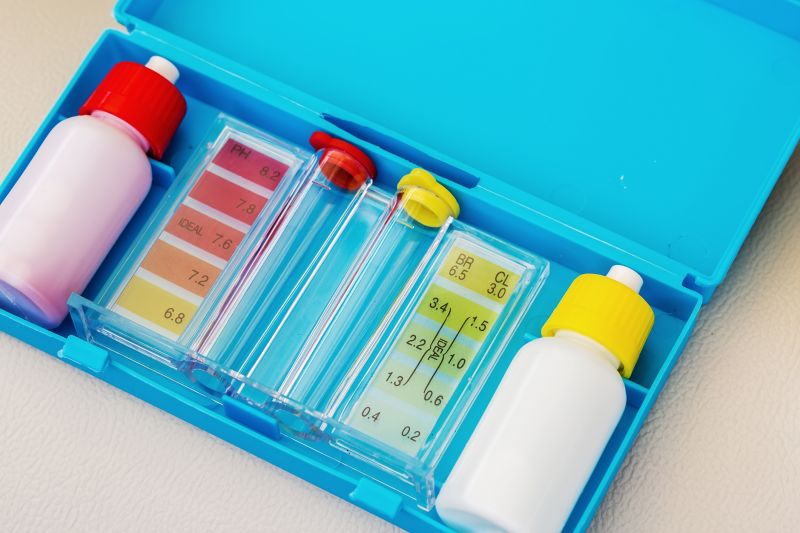
Tools for testing parameters like pH, chlorine, and turbidity.
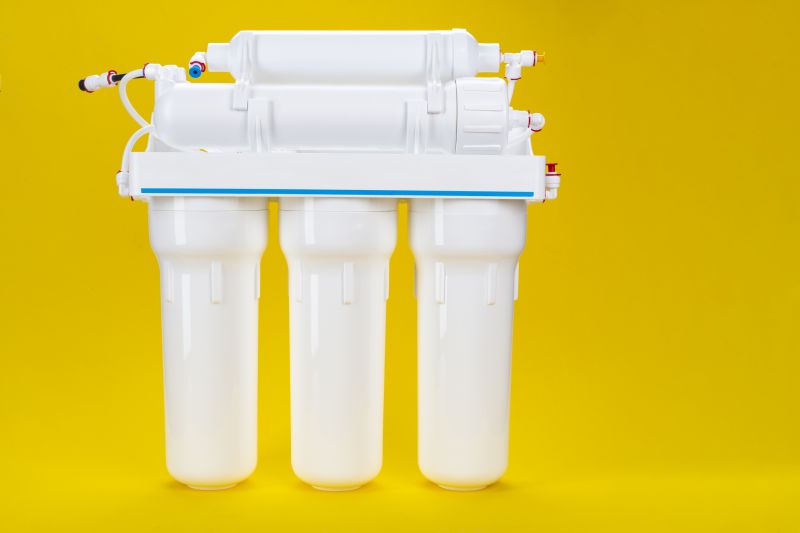
Equipment used for UV or chlorination to disinfect water.
Effective water treatment scheduling is a key component of maintaining water system integrity. By understanding seasonal trends and usage cycles, it is possible to optimize treatment timing, ensuring consistent water quality and system performance.
Interested in scheduling water treatments? Fill out the contact form to get more information.

